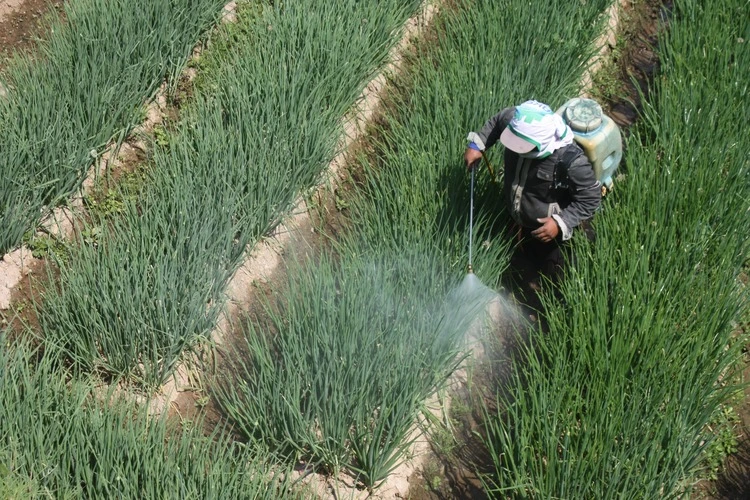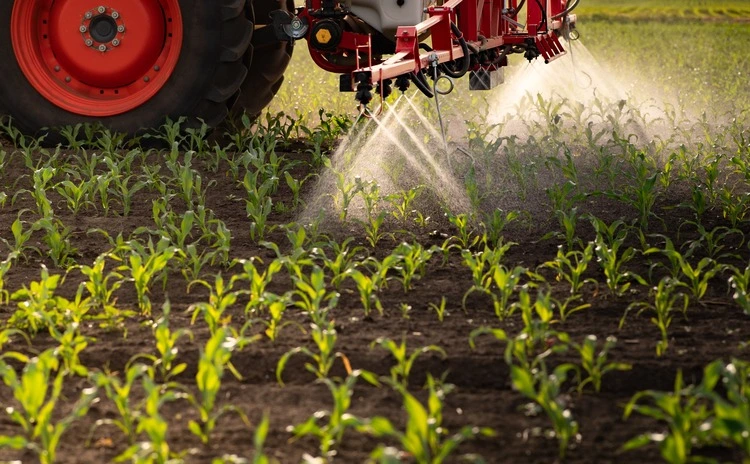
Nine pesticides, used in grape cultivation, exceed the threshold levels set for chemicals in the atmosphere
By
Each year, three billion kilograms of pesticides are used worldwide. Without the use of these chemicals, there would be a 78 per cent loss of fruit production, a 54 per cent loss of vegetable production and a 32 per cent loss of cereal production.
As such, these chemicals play a vital role in ensuring food reaches the mouths of our eight-billion-strong population.
Enjoying this article? Check out our related reads:
However, new research published last week has shown the damaging role pesticides may be playing in our environment. In laboratory experiments, nine pesticides used for the growing and harvesting of grapes and on other crops far exceeded thresholds set by the Stockholm Convention for the half-life of chemicals in the atmosphere. Currently, this threshold sits at two days. If a pesticide exceeds this, it is considered prone to what is known as long-range atmospheric transport, a key factor in classifying it as a more persistent organic pollutant.

To find out this, researchers placed a thin layer of these pesticides onto atmospheric particles, exposing them to ozone and hydroxyl radicals to simulate how they would behave in the earth’s lower atmosphere (troposphere). None of the compounds studied had a half-life within a two-day limit. Instead, they ranged from three days (Cyprodinil) to more than one month (Folpet). As such, these chemicals could be reclassified as persistent organic pollutants, far more harmful than previously thought.
In addition, when researchers studied how the pesticides broke down and degraded in the atmosphere, they also found several unknown molecules present.
‘These pesticides should be considered as persistent organic compounds with potential for long-range transport, and the models used to test their safety do not go far enough,’ said researcher Boulos Samia.
During the study, researchers carried out further experiments on how temperature and humidity affect pesticide molecules, finding discrepancies between their findings and the current models of their behaviour.
What impacts do pesticides have?
While vital to maintain the high levels of food production across the world, overuse or incorrect use of pesticides can contribute to both biodiversity loss – such as a significant decline in insect populations – and impacts on public health. Continued use of pesticides can also lead to resistance among crops, while human-related effects include symptoms from stinging eyes to rashes and blisters, and even neurological and developmental toxicity in cases of severe exposure.
Since 1990, global use of pesticides has increased by about 90 per cent. So widespread is their use that a large-scale study conducted between 2014 and 2021 in five European countries found at least two pesticides were present in the bodies of 84 per cent of participants.




